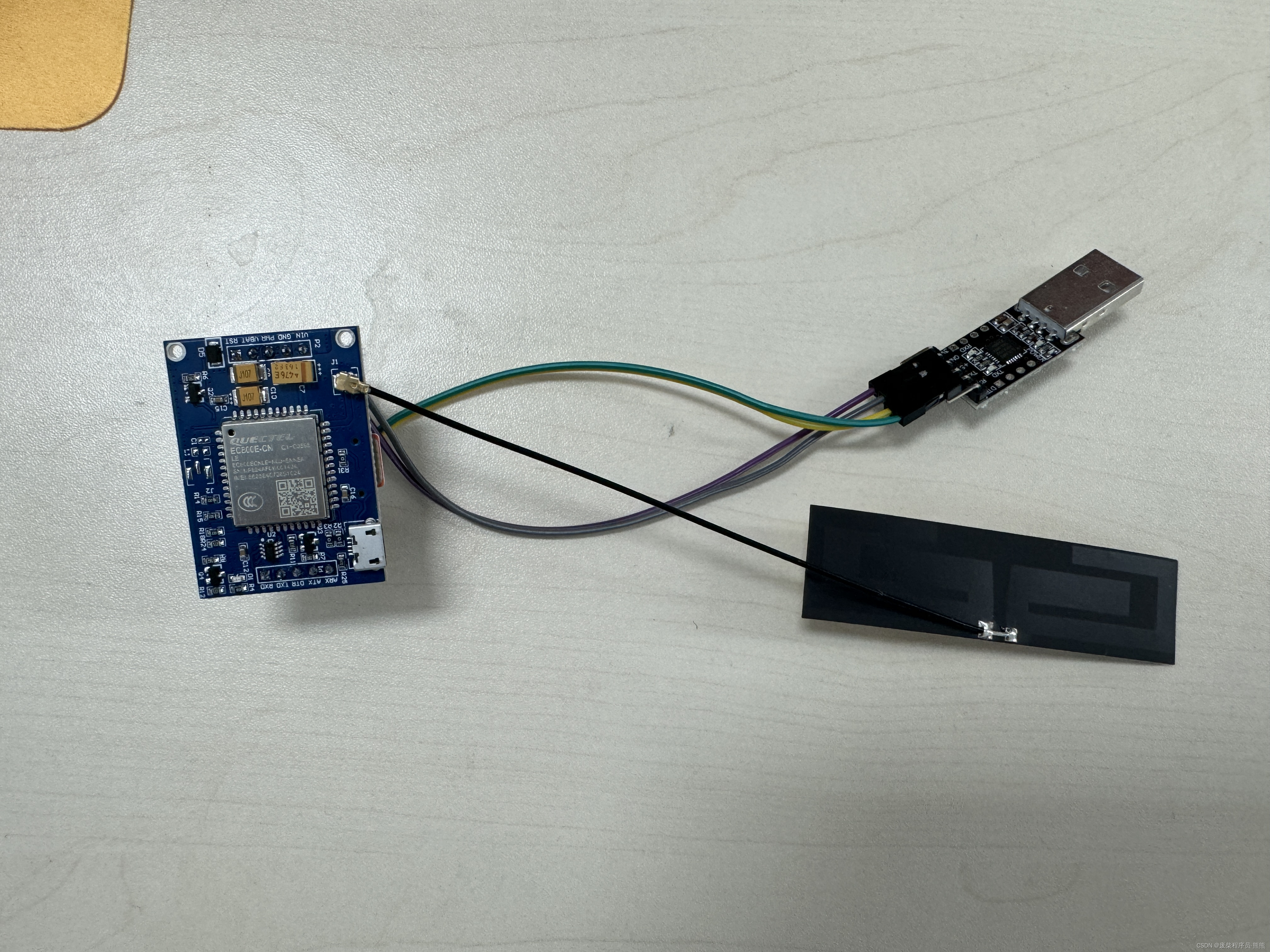没怎么做过uniapp,找了一些文章做了出来,给大家分享一下
2023.9.15以后需要适配微信的隐私协议开发指南
目前uniapp的说法是微信小程序隐私协议开发指南 | uni-app官网
微信小程序小程序隐私协议开发指南 | 微信开放文档
微信官方提供了几个demo
完整示例demo
demo1: 演示使用 wx.getPrivacySetting 和 <button open-type="agreePrivacyAuthorization"> 在首页处理隐私弹窗逻辑 https://developers.weixin.qq.com/s/gi71sGm67hK0
demo2: 演示使用 wx.onNeedPrivacyAuthorization 和 <button open-type="agreePrivacyAuthorization"> 在多个页面处理隐私弹窗逻辑,同时演示了如何处理多个隐私接口同时调用。 https://developers.weixin.qq.com/s/hndZUOmA7gKn
demo3: 演示 wx.onNeedPrivacyAuthorization、wx.requirePrivacyAuthorize、<button open-type="agreePrivacyAuthorization"> 和 <input type="nickname"> 组件如何结合使用 https://developers.weixin.qq.com/s/jX7xWGmA7UKa
demo4: 演示使用 wx.onNeedPrivacyAuthorization 和 <button open-type="agreePrivacyAuthorization"> 在多个 tabBar 页面处理隐私弹窗逻辑 https://developers.weixin.qq.com/s/g6BWZGmt7XK9
此方法是demo2:监听什么时候调用隐私接口,然后弹出隐私弹窗,隐私弹窗会阻碍隐私接口授权(例如授权手机号,地理位置等),直到点击了隐私弹窗的同意/拒绝才会继续执行。
如果拒绝了隐私授权弹窗,那么此时的微信授权中不存在未弹出的授权
也就是
wx.getSetting({
success (res) {
console.log(res.authSetting)
// res.authSetting = {
// "scope.userInfo": true,
// "scope.userLocation": true
// }
}
})是取不到未弹出隐私授权的弹框的值的。该隐私接口不属于同意,也不属于拒绝。
在开发之前,需要在小程序管理后台-设置-基本设置-服务内容声明-用户隐私保护指引中添加用到的隐私接口
![uniapp适配微信隐私协议开发指南[uniapp+vue3+js],uni-app](https://imgs.yssmx.com/Uploads/2023/10/732508-1.png)
![uniapp适配微信隐私协议开发指南[uniapp+vue3+js],uni-app](https://imgs.yssmx.com/Uploads/2023/10/732508-2.png)
审核通过后,才能生效。
1.添加 "__usePrivacyCheck__": true,
uniapp可以添加在manifest.json,或者编译后的dist/mp-weixin/app.json
"permission": {
"scope.userLocation": {
"desc": "将获取你的具体位置信息"
}
},
"requiredPrivateInfos": [
"getLocation"
],
"__usePrivacyCheck__": true,
"usingComponents": {}2.添加getPrivacy.js
const PrivacyProtocol = {
needAuthorization: false,
privacyContractName: ''
}
//获取微信侧同步的用户隐私协议开关
export function checkUserPrivacyProtocol() {
if (wx.getPrivacySetting) {
wx.getPrivacySetting({
success: (res) => {
console.log('协议显示的值',res)
PrivacyProtocol.needAuthorization = res.needAuthorization
if (res.needAuthorization) {
// 需要弹出隐私协议
PrivacyProtocol.privacyContractName = res.privacyContractName
}
uni.setStorageSync("PrivacyProtocol", PrivacyProtocol);
}
})
}
}3.在App.vue的OnLunch中使用
引入getPrivacy.js的checkUserPrivacyProtocol后
onLaunch() {
checkUserPrivacyProtocol();
},4.新建privacy.vue组件
<template>
<div>
<div v-if="showPrivacyPopup" class="popup-container">
<div class="popup-content">
<div class="popup-header">{{ AppName }} 申请</div>
<div class="popup-center">
在你使用服务之前,请仔细阅读
<span
class="privacy-link"
@click="onClickPrivacyPopupTitle"
>
{{ PrivacyProtocol.privacyContractName }}
</span>
。如果你同意,请点击“允许”开始使用。
</div>
<div class="button-container">
<button @click="handleRefusePrivacyAuthorization">
拒绝
</button>
<button
id="agree-btn"
class="btn-agree"
open-type="agreePrivacyAuthorization"
@agreeprivacyauthorization="
handleAgreePrivacyAuthorization
"
>
允许
</button>
</div>
</div>
</div>
</div>
</template>
<script setup>
import { ref } from "vue";
import { onLoad } from "@dcloudio/uni-app";
let resolvePrivacyAuthorization;
const showPrivacyPopup = ref(false); // 是否需要弹出协议授权
const PrivacyProtocol = ref(uni.getStorageSync("PrivacyProtocol"));
const AppName = ref('小程序名字')
// 打开弹窗
const openPrivacyPopup = () => {
showPrivacyPopup.value = true;
console.log("PrivacyProtocol", PrivacyProtocol);
};
// 关闭弹窗
const closePrivacyPopup = () => {
showPrivacyPopup.value = false;
};
// 用户点击同意
const handleAgreePrivacyAuthorization = () => {
console.log("点击了同意");
resolvePrivacyAuthorization({
buttonId: "agree-btn",
event: "agree"
});
closePrivacyPopup();
};
// 用户点击拒绝
const handleRefusePrivacyAuthorization = () => {
console.log("点击了拒绝", resolvePrivacyAuthorization);
resolvePrivacyAuthorization({
event: "disagree"
});
// 关闭弹窗
closePrivacyPopup();
uni.showToast({
title: "未同意授权,请重试",
icon: "none",
duration: 2500
});
};
// 打开隐私协议
const onClickPrivacyPopupTitle = () => {
wx.openPrivacyContract({
success: () => {
console.log("已打开");
} // 打开成功
});
};
// 监听调用微信api的函数
const saveWXCallBack = () => {
console.log('111111111');
if (wx.onNeedPrivacyAuthorization) {
wx.onNeedPrivacyAuthorization((resolve, eventInfo) => {
// 真机/预览可以拿到eventInfo,模拟器undefined
console.log("调用接口/组件:", eventInfo);
openPrivacyPopup();
resolvePrivacyAuthorization = resolve;
});
}
};
onLoad(async () => {
await saveWXCallBack();
});
</script>
<style scoped>
.popup-container {
position: fixed;
bottom: 0;
left: 0;
width: 100%;
height: 100%;
background-color: rgba(0, 0, 0, 0.2);
display: flex;
justify-content: center;
align-items: flex-end;
z-index: 10000;
}
.popup-content {
background-color: white;
padding: 40rpx;
border-radius: 20rpx;
box-shadow: 0 0 10rpx rgba(0, 0, 0, 0.2);
text-align: left;
}
.popup-header {
font-size: 26rpx;
margin-bottom: 20rpx;
}
.popup-center {
font-size: 30rpx;
}
.privacy-link {
color: #3478f7;
cursor: pointer;
}
.button-container {
display: flex;
margin-top: 40rpx;
}
button {
width: 200rpx;
height: 70rpx;
text-align: center;
line-height: 70rpx !important;
font-size: 28rpx;
color: #101010;
border: 1px solid #eee;
cursor: pointer;
}
.btn-agree {
background-color: rgb(7, 193, 96);
color: #fff;
}
</style>
5.在调用了隐私接口的页面使用该组件
import privacy from "@/pages/components/privacy.vue";
<privacy />效果图,弹窗显示在底部,类似于微信默认的授权弹窗,在点击允许后会弹出微信的api授权弹窗,若点击否,则什么都没有。文章来源:https://www.toymoban.com/news/detail-732508.html
![uniapp适配微信隐私协议开发指南[uniapp+vue3+js],uni-app](https://imgs.yssmx.com/Uploads/2023/10/732508-3.png) 文章来源地址https://www.toymoban.com/news/detail-732508.html
文章来源地址https://www.toymoban.com/news/detail-732508.html
到了这里,关于uniapp适配微信隐私协议开发指南[uniapp+vue3+js]的文章就介绍完了。如果您还想了解更多内容,请在右上角搜索TOY模板网以前的文章或继续浏览下面的相关文章,希望大家以后多多支持TOY模板网!













